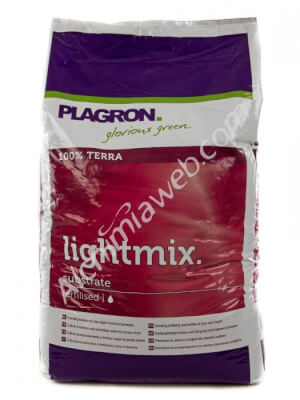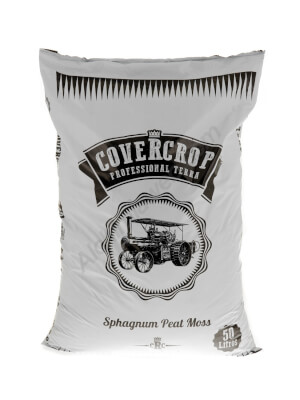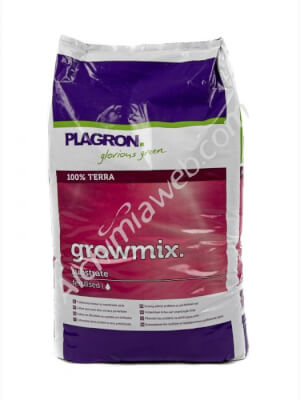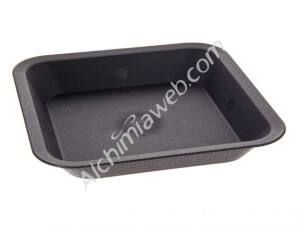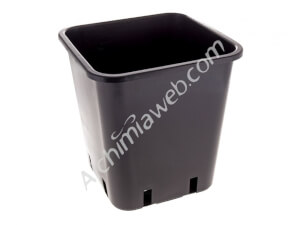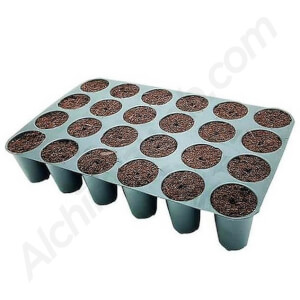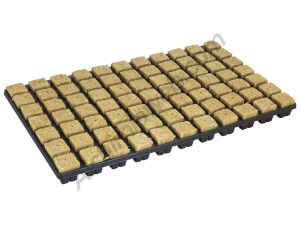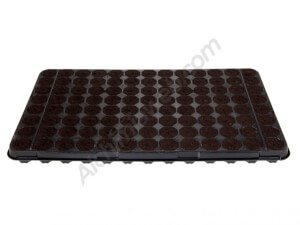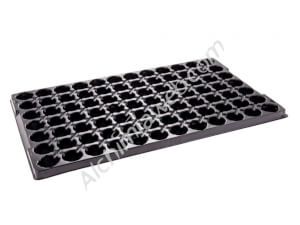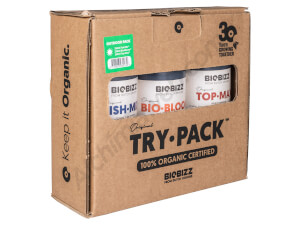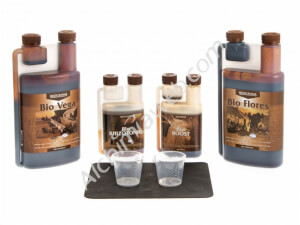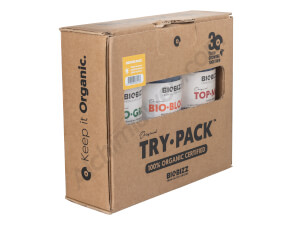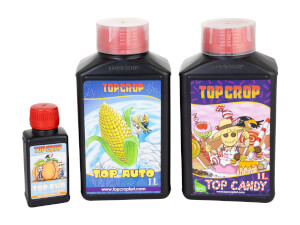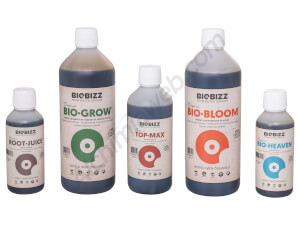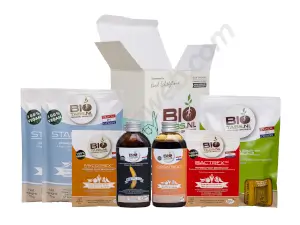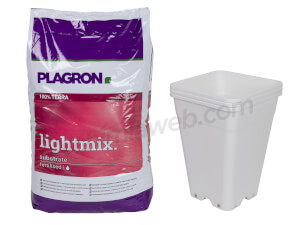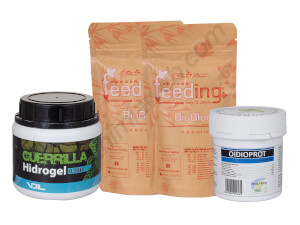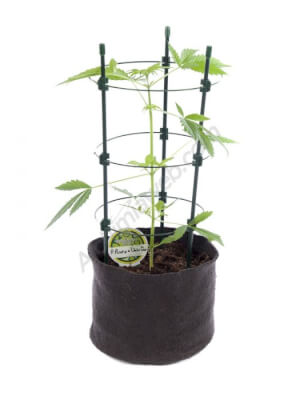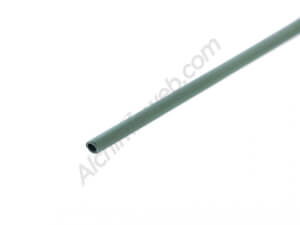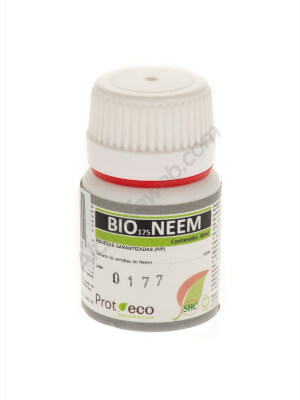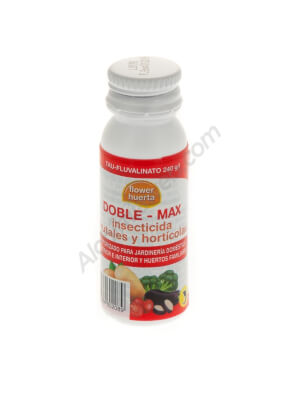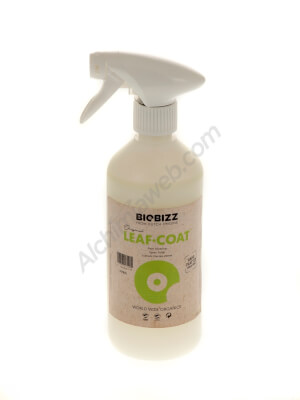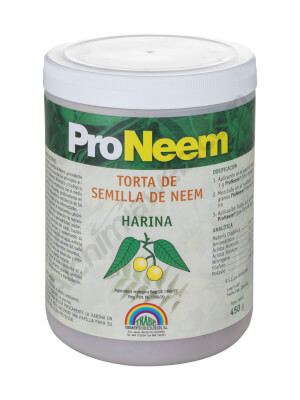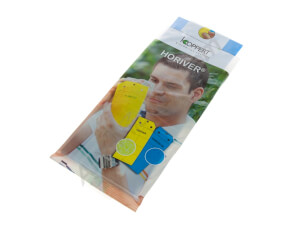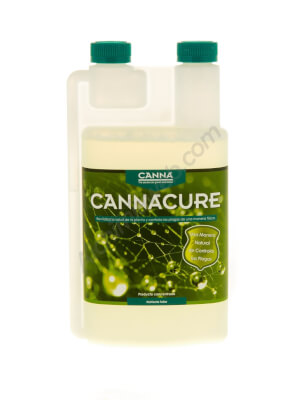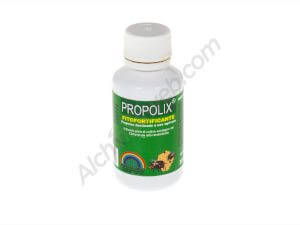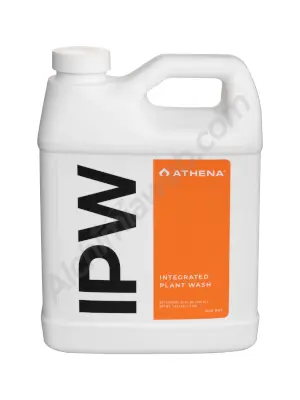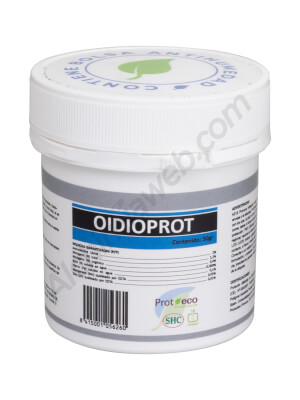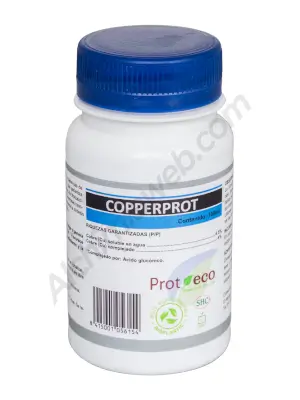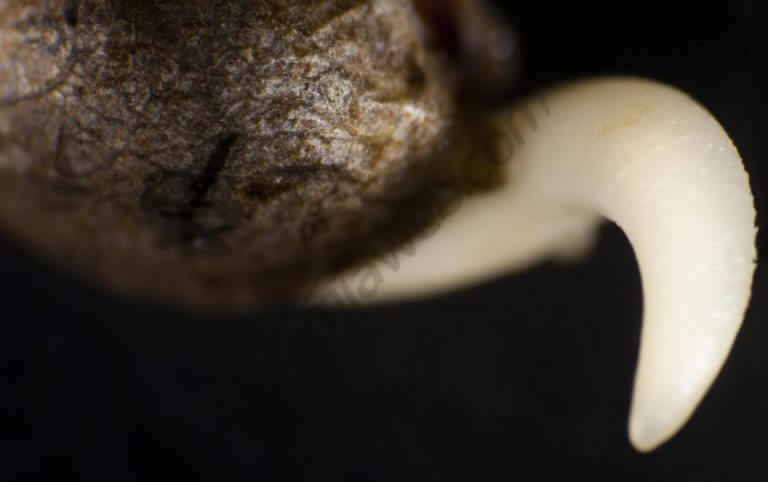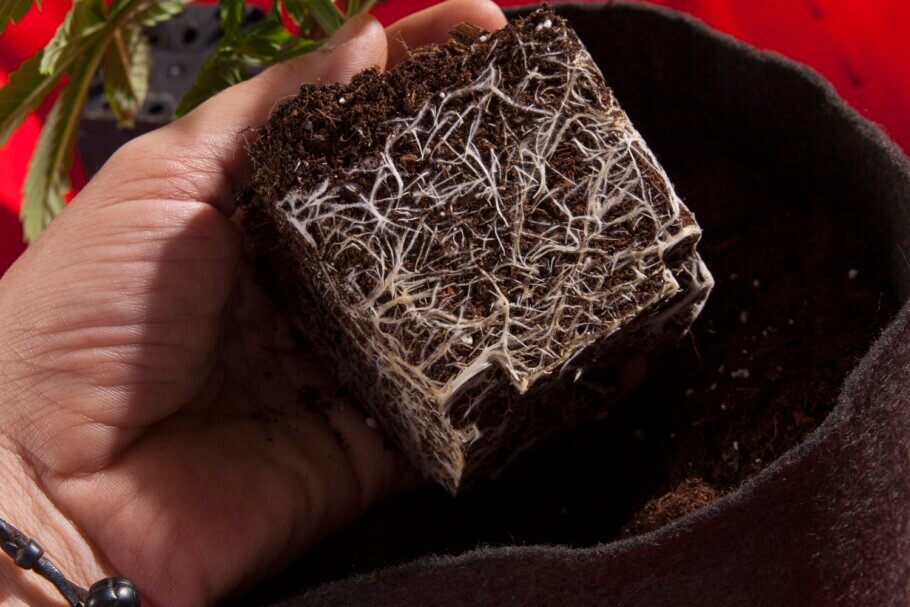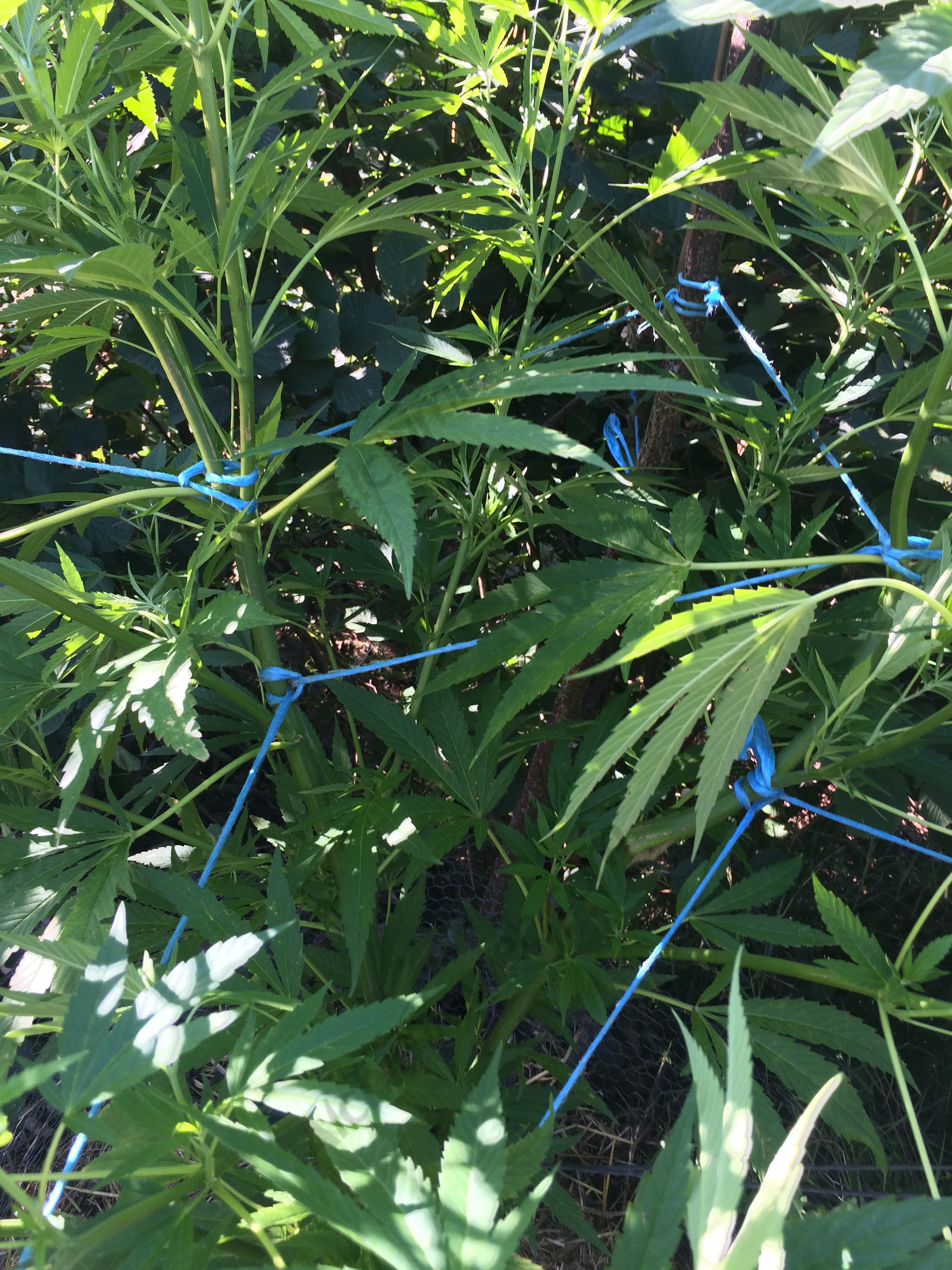Germination: The First Step Towards a Successful Harvest
The success of an outdoor cultivation begins with proper germination. Various methods and accessories can enhance germination rates and strengthen seedlings from the start. Germination can be achieved in several ways:
-
Wet paper method: Place the seeds between damp paper towels in a partially sealed container and keep them in a warm place until radicles develop. At this point, they can be planted in a pot or a germination pad. It’s essential to keep the paper towels moist but not overly soaked.
-
Using Jiffys and germination plugs: These maintain consistent humidity and simplify transplanting. As with the previous method, ensure the plug or Jiffy never dries out completely. Once the plant develops its first pair of true leaves, transplant it into a pot or directly into the ground. If planting in soil, it's best to grow it in a pot first (at least 25cm deep) to improve survival rates.
-
Mini greenhouses and propagators: These provide a controlled humidity and temperature environment, accelerating germination and improving success rates. Depending on your needs, propagators are available with or without built-in heating. For germination, it's advisable to keep the ventilation grilles open throughout the process.
Using root stimulators at this stage can make a significant difference, promoting vigorous and rapid rooting, which supports lush, unrestricted vegetative growth.
How to germinate cannabis seeds
We show you in this post how to properly germinate your marijuana seeds. You only have to follow these 8 steps and have a little patience to save time and money.
Pots: Home for Your Plants
Choosing the right pot for outdoor growing is crucial for plant development. While some growers plant directly in the ground, many prefer pots for flexibility, allowing them to move plants throughout the season. Depending on space, climate, and specific needs, different pots can be used:
-
Plastic pots: Affordable and durable, they’re ideal for gradual transplants. In hot summers, especially when growing in full sun (which is ideal), opt for white pots or, if possible, place them in the shade.
-
Fabric or geotextile pots: These promote root aeration and prevent waterlogging, supporting better root and plant development. Fabric pots are increasingly popular among experienced growers.
-
Biodegradable pots: An eco-friendly option that allows transplanting without damaging the roots.
Pot size is another key factor. For autoflowering seeds, a minimum of 10- 20L is recommended, with germinated seeds planted directly into the final pot to avoid transplanting.
For photoperiod seeds, pots can range from 15L to over 100L for larger cultivations. Naturally, the bigger the pot, the larger the plant can grow, leading to a greater yield.
Transplanting should be done carefully, preferably in the evening to minimise stress and help the plant adapt gradually to its new environment. Typically, growers start with a small 3- 4 L pot for the first few days or weeks, repotting throughout the vegetative phase until reaching the final size for flowering, at which point repotting is no longer recommended. A good indicator to know when to repot is by checking the drainage holes at the pot’s base. If roots emerge, it’s time to give them more space in a larger pot.
When to transplant cannabis and how to do it
On many occasions, transplanting your cannabis is crucial to achieve the best possible yields. However, it's natural to have doubts, especially in relation to when to do it, what pot to choose, how many transplants are necessary, or simply how to perform the transplant causing the least possible stress to the plant. In this article we explain everything.
Substrates, the bases of healthy growth
A high-quality substrate ensures optimal root development and balanced nutrition. Different types of substrate are tailored to the growing needs:
-
Light Mix: Low in nutrients, Light Mix is ideal for seedlings or growers who prefer to control fertilisation from the start by adding fertilisers.
-
All Mix: Rich in nutrients and organic matter, All Mix is suitable for minimal intervention. However, in outdoor grows, additional fertiliser is often needed, especially during flowering.
-
Living Soil: Naturally enriched with beneficial microorganisms and nutrients, eliminating the need for fertilisers. Living Soil is similar to Super Soil, though the latter may contain solid nutrients but not microbial life.
-
Coco Coir: Enhances aeration and moisture retention, promoting rapid root development. Growth in coconut fiber is explosive, but outdoors it has drawbacks, such as needing fertiliser with each watering to adjust pH or managing constant rainfall. If you water with only water, your plants will be hydrated but not fed!
A suitable substrate should be spongy, ensure proper root oxygenation, and retain enough moisture without waterlogging. Adding perlite , vermiculite , dolomite , and organic amendments like humus or guano can greatly enhance structure and nutrition.

Essential tools for successful outdoor growing
Managing plant growth effectively requires basic tools that simplify the grower's task:
-
Support Nets: Ideal for SCROG (Screen of Green) techniques, which optimise production by distributing light more evenly and controlling plant height. They also provide essential support when branches are weighed down with heavy buds.
-
Stakes: Help maintain plant structure, especially in windy areas or when buds become too heavy. Stakes can also be used to shape plants, ensuring better light exposure for flowering sites.
-
Labels: Essential for identifying varieties and tracking planting or transplanting dates, preventing mix-ups in multi-strain cultivation.
-
Dispensers and watering cans: Ensure precise application of fertilisers and controlled watering.
-
Shade nets: Useful in extreme heat, helping protect plants from excessive sun exposure and high temperatures, especially during peak hours. They can also help camouflage plants or shield them from prying eyes.
-
Irrigation timers: Convenient for when you're away, ensuring plants receive consistent watering. Options range from hose-connected models to timers linked to submerged pumps in irrigation tanks. Remember, water temperature is crucial—avoid using water that's been sitting in the sun for hours in midsummer!
Additionally, training techniques such as LST (Low Stress Training) , bending and tying branches to maximise light exposure, can significantly enhance plant structure and yield.
LST - Low Stress Training for cannabis plants
In this helpful and practical article we'll look at some simple, non-destructive ways to manage plant height and at the same time optimise light penetration and maximise the homegrown harvests from your cannabis garden, both indoors and in the great outdoors.
Fertilisers: Nutrition for explosive development
Proper fertilisation is key to healthy plants and abundant harvests, particularly with substrates like Light Mix or coconut fibre. Fertilisers vary in origin and application method:
-
Mineral fertilisers: Fast-acting and highly absorbable, Mineral fertilizers are ideal for precision nutrition and maximising yields without complications.
-
Organic fertilisers: Promote long-term, sustainable nutrition by enriching soil structure and fostering microbial life. Organic fertilizers are often linked to superior flavour and aroma.
-
Solid and granular fertilisers: Slowly release nutrients into the substrate, ensuring consistent feeding. Solid fertilizers are available in both organic and mineral forms.
-
Liquid fertilisers: Applied via irrigation for precise adjustments at each growth stage. Like solid fertilisers, liquid fertilisers come in mineral and organic varieties.
-
Stimulants, enhancers & boosters: While not direct nutrients, these products trigger plant responses that improve root growth, flowering, and overall development.
For balanced growth, it's recommended to use growth and flowering stimulants, along with calcium and magnesium supplements in soft water areas or when growing in coco coir. Reverse osmosis water is ideal in such cases. Additionally, mycorrhizae and beneficial bacteria can boost nutrient absorption and improve resistance to outdoor threats like Fusarium and Pythium.

Conclusion
Growing cannabis outdoors is highly rewarding when you have the right products. From selecting the ideal substrate to using specialised tools and maintaining balanced fertilisation, every detail matters for a successful cultivation. At Alchimia Grow Shop, we offer everything you need to achieve a quality harvest while harnessing the power of nature.












































